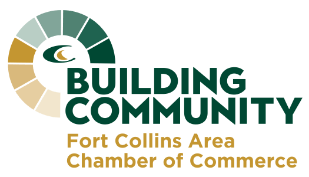As expected, the issue of paid leave for family and medical reasons is being discussed again this year in the state legislature, though no bill has been introduced.
Last year Senate Bill 19-188 called for the creation of a major state entitlement program. It would have been a state operated insurance program called the Family Medical Leave Insurance Program or FAMLI for short. The law would have required businesses and workers to pay into a state-run fund. As proposed, this would have been required even for employers and employees in businesses and organizations where paid leave was being provided already. A new state bureaucracy would have deducted the fee (though it sounds like a ‘tax’) from worker paychecks and approve or disapprove of all leave requests.
The proposal was built on questionable assumptions that dramatically under-estimated likely usage of the program and the costs. After this was revealed in a study by the Common Sense Policy Roundtable, the original bill was converted into a study, meaning the new program was dead for the time being but would be studied prior to the 2020 legislative session.
Now, according to news accounts, instead of a major new government social insurance program, proponents are considering a paid family and medical leave mandate. In short, employers would be required to provide paid leave per terms mandated by the state in a system like workers compensation insurance. Employers would administer the program and could purchase private insurance or self-insure.
As noted above, no bill has been introduced so the state issues committee of the area chambers, the Northern Colorado Legislative Alliance (NCLA), does not have a formal position. However, the NCLA Board will be discussing the issue soon to provide input to legislators as the bill is crafted.
A general concern is that attempts to create a universal paid leave benefit will have unintended consequences. Absent details, there are more questions than answers. Are small businesses exempt? If so, down to how many employees? How about non-profits? How will small employers be able to cover the work of absent employees for 2 to 3 months? Will there be an appeal process for employers? What will the benefits for employees look like? What are the probable usage models showing and are they realistic? And so on.
Stayed tuned. As we learn more about what is being proposed we’ll share it with you and how you can connect with legislators.
